Salacak, more than the Maiden’s Tower
Located on the Asian side of Istanbul, the neighbourhood of Salacak runs along the edge of the Bosphorus from Uskudar all the way to Harem. Frequented by courting couples and curious tourists drawn by the myth of Kız Kulesi, Leander or the Maiden’s tower built fifty metres from the shore, the area’s name has a much darker origin. In Turkish the word salacak means “the bench on which the corpse is washed”. According to rumour, Fatih Sultan Mehmet was concerned about where the ritual washing of soldiers killed in battle would take place before they were buried. When he saw this gentle slope leading to an open expanse of water, he determined Salacak was the place for it to be done.
Before you let this put you off visiting Salacak, it’s also said the name comes from a more innocuous combination of words. Sala meaning “village” in a language that hasn’t been determined, with the Turkish suffix -cık, meaning small, added to it. Like many waterside suburbs in the area, Salacak is very much like a little village, so this explanation is quite plausible.
Reportedly dating back to 24 BC, as with many historical sites in Turkey, there’s more than one legend associated with Kız Kulesi. According to one tale, Hero, a virgin priestess of Aphrodite lived in the tower. Leander, a young man who lived opposite the tower, was captivated by her beauty and fell in love with her. Every evening he swam across to see her, guided by a lantern she lit for him. Using sweet words and entreaties he convinced her that Aphrodite would scorn the worship of a virgin and Hero allowed him to make love to her. Throughout that balmy summer he continued to visit her until one night a fierce storm blew up. The wind blew out the candle and Leander drowned. On seeing his lifeless body washed up against the tower Hero flung herself into the sea to remain forever with the man she loved.
Turks might argue that the real story of the tower relates to Battal Gazi. Battal Gazi is a mythical Muslim figure reported to have taken part in the 2nd Arab siege of Constantinople in the 8th century. The then ruling Byzantine Emperor placed his daughter and family in the tower to keep them out of harm’s way. Unfortunately for him, Battal Gazi raided the tower, set fire to the Emperor’s ships and made off on horseback with the emperor’s daughter. He married her in the end but this event gave rise to the Turkish phrase “Atı alan Üsküdar’ı geçti”. Literally meaning ‘He who rides the horse has already passed Üsküdar”, the more familiar English version is “Closing the barn door after the horse has bolted”.
In another story, the tower gets its English name from the Byzantine myth about a beautiful young princess. According to palace soothsayers she was doomed to die from the bite of a serpent on her 18th birthday. Her father, the Emperor, had her removed to the tower for safe-keeping. Sadly the prophecy was fulfilled when she was killed by a snake that made its way into the tower in a basket of fruit. Her father sent it as a gift to celebrate being able to prevent the prophecy.
Fruit, along with stylised forms of plants, was used to inspire the design of çatma, a delicate fabric produced in Salacak in the 17th century. Known as the “Çatma of Üsküdar”, the main fabric was made from woven silk or linen thread produced in various colours. Ornamentation based on nature, such as leaves and flowers, would be embroidered onto this cloth in gold and silver fibre, resulting in a raised relief pattern. Generally these patterns would be recurring in line with Islamic beliefs about the purpose of decorating items with patterns without beginning or end. According to some experts, by focussing on the reality underlying the art, the pattern becomes a window into the infinite. Çatma fabric from Üsküdar attracted international attention in the 18th and 19th centuries, particularly for a design called Turkish Rococo. The fabric was popular for use in clothing and furniture.
It’s well known that Turks in Istanbul love to walk and picnic by the water and enjoy beautiful waterfront views. Less well known is that this passion was also shared by Turkish artist Hasan Vecih Bereketoğlu. Born in 1895 he studied law and as soon as he graduated he took his first painting lesson from Halil Paşa,a famous Turkish painter and teacher. In 1923 young Hasan went to Paris where he studied at the Julian Art Academy. On his return he worked on painting the effect of the light on the landscapes of Istanbul. In particular he liked to capture impressions of Salacack, Kubağlidere, Moda and Fenerbahçe. He eventually moved to Ankara where he died in 1971.
I hope you’ve enjoyed discovering Salacak and the Maiden’s tower. Read more about the everyday extraordinary of modern Istanbul in Inside Out In Istanbul: Making Sense of the City.
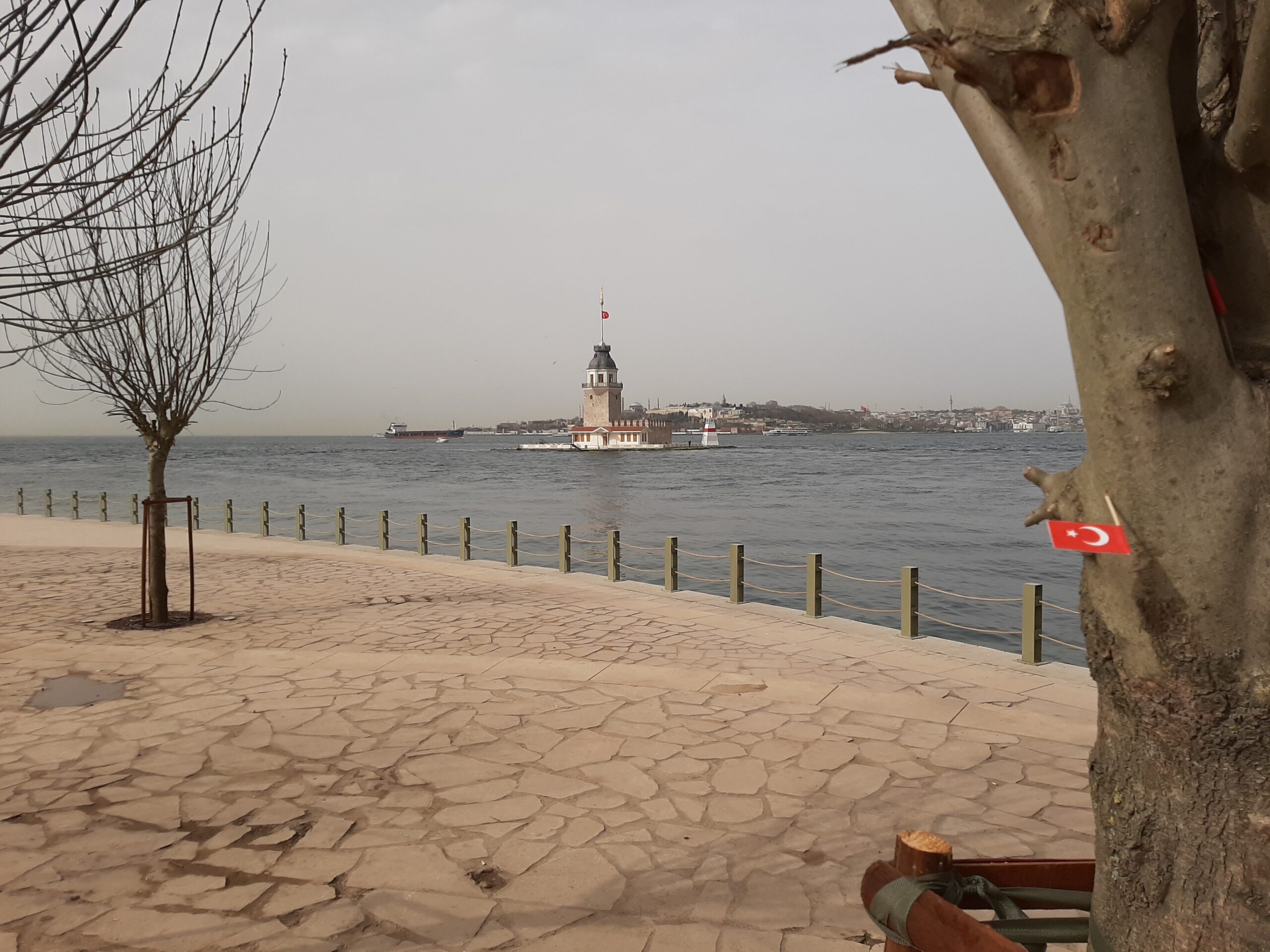
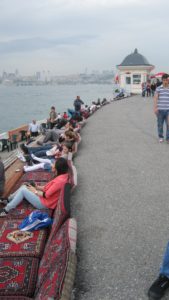
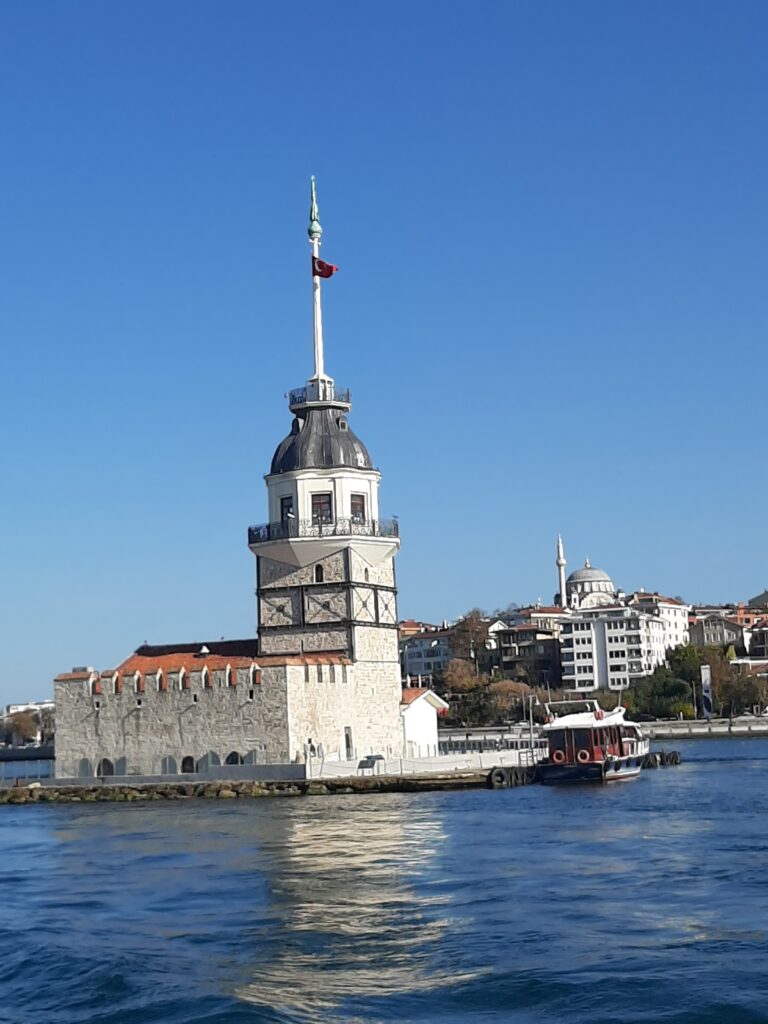
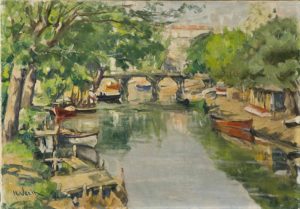
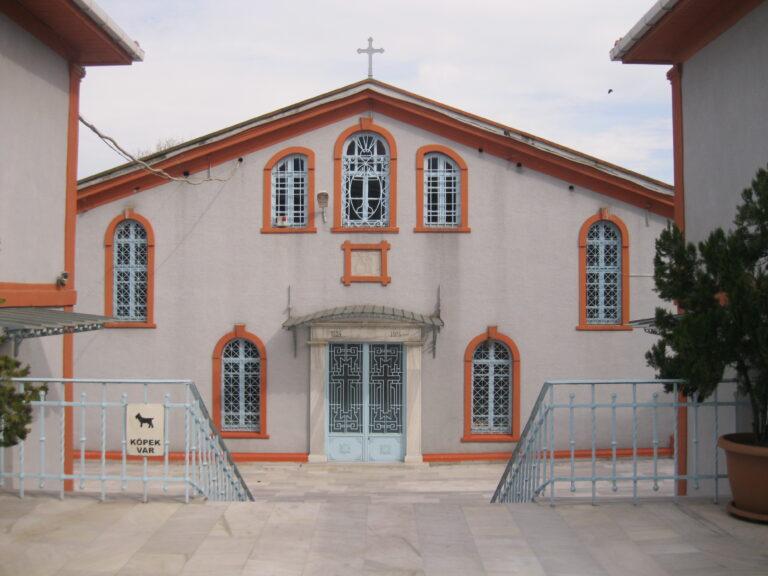
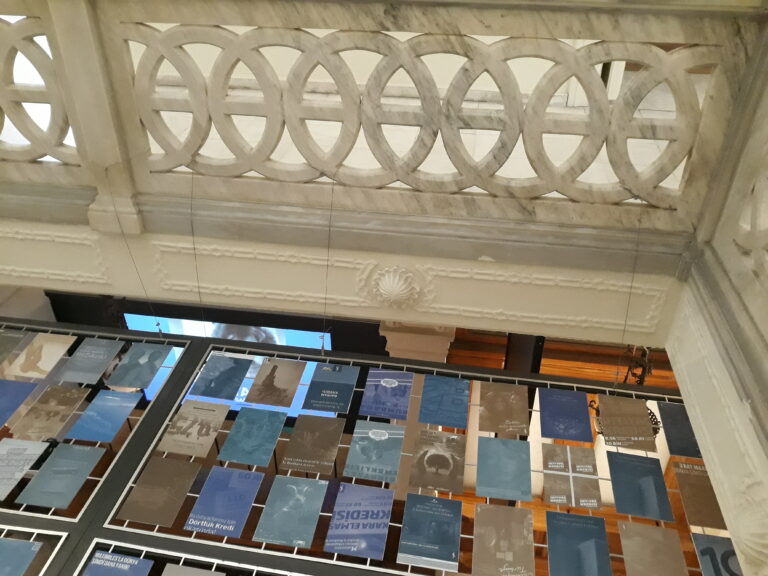
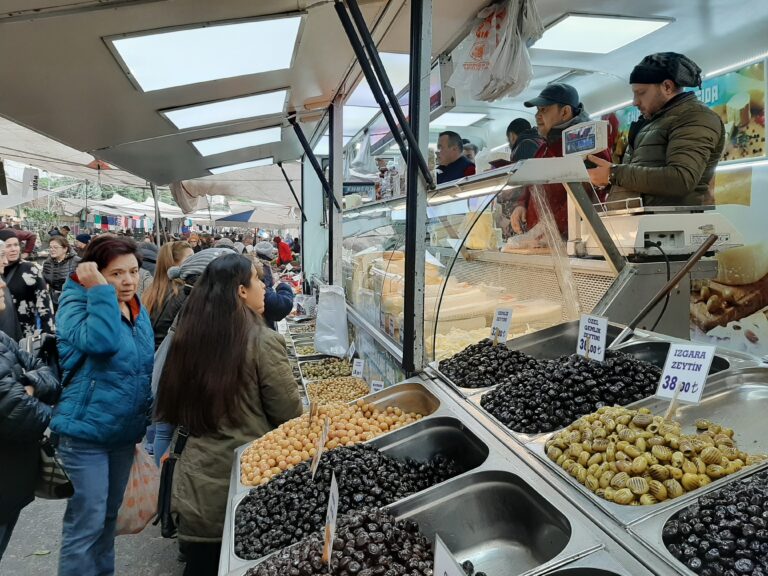
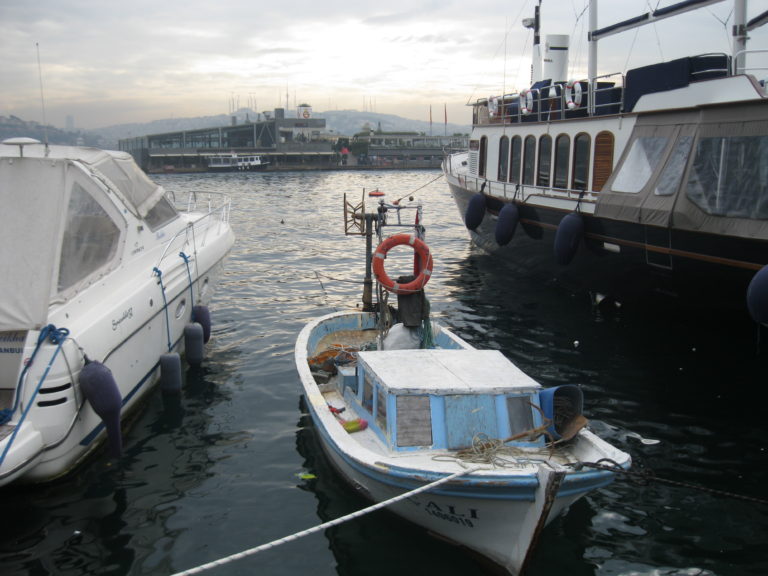
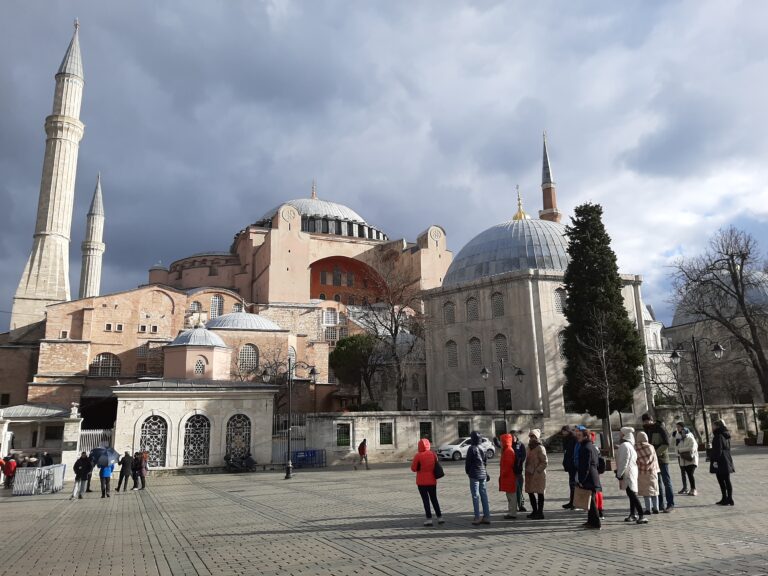
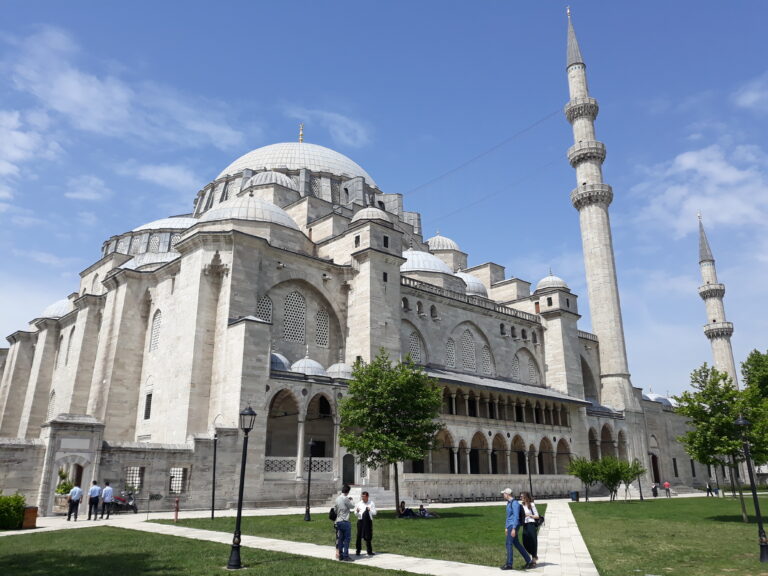
Great collection of tales regardless of which one you believe. I told the serpent story to my young daughter once as we passed on the ferry. She was so upset that I had to make a happier end to the story to stop her crying
Thanks Lisa
You are such a good Dad! But really, which story is your favourite?